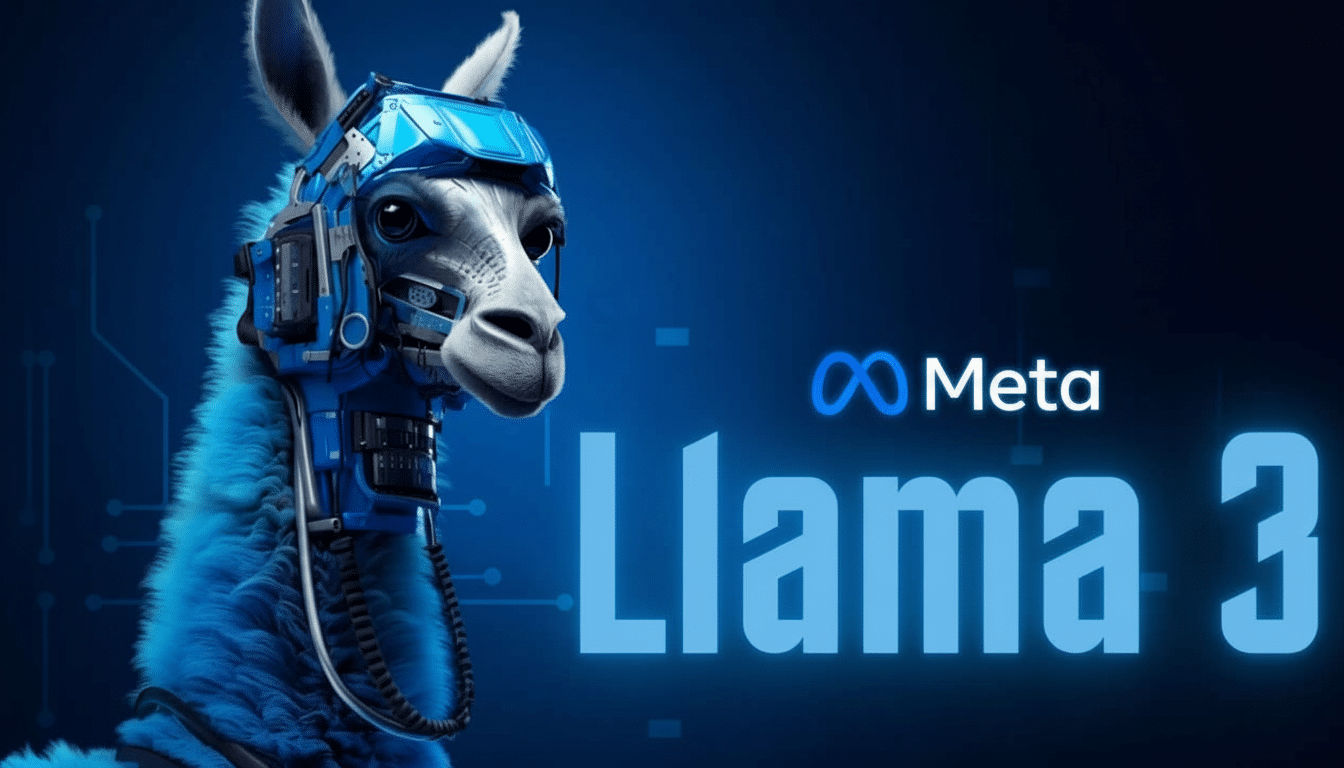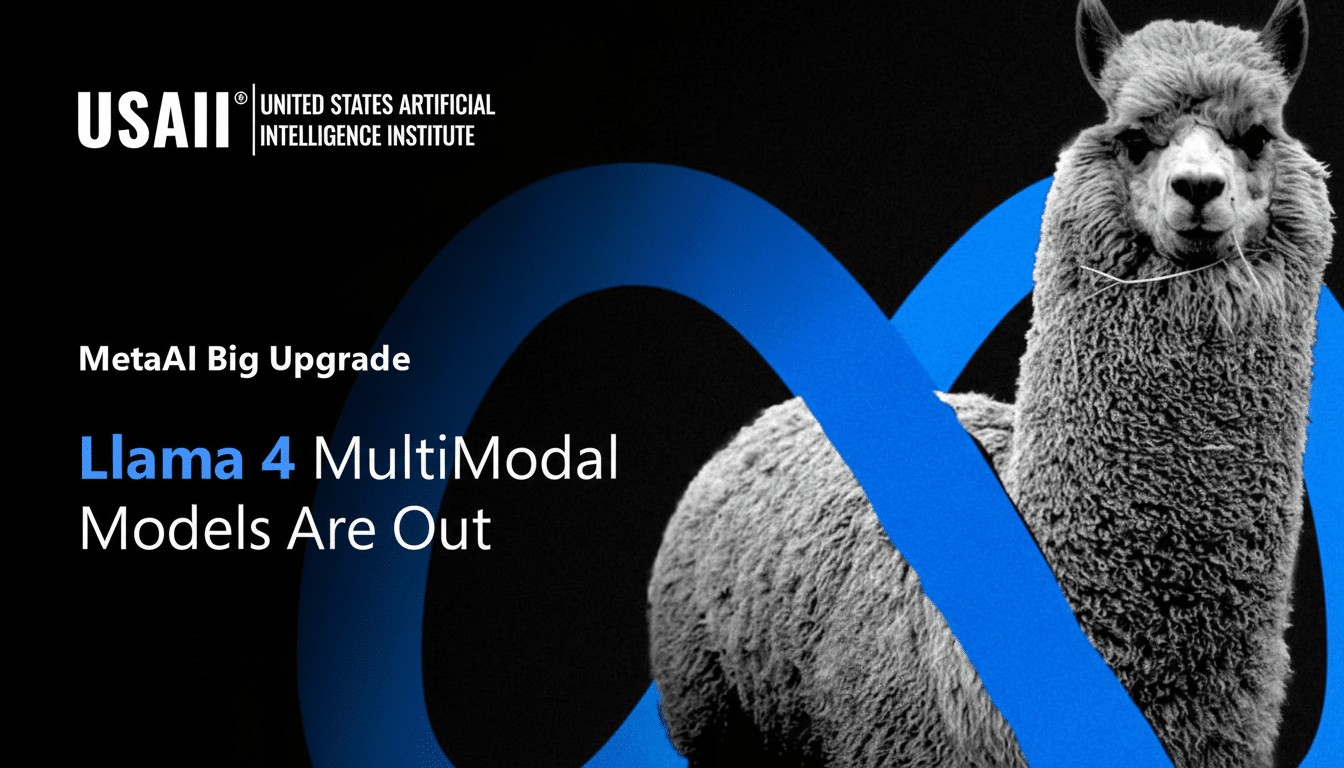Meta’s Llama family is at the heart of what has been called the “open-weight” movement in generative AI, where model weights can be downloaded, and licensing is permissive for most use cases as well as broadly available across major clouds. Llama is ultimately the go-to choice for developers and companies who need flexibility beyond API-only solutions to enable powerful assistants, coding copilots, research tools, and multimodal applications.
What Meta Llama is and how its open weights work
Llama is a series of large language and multimodal models under an open-weight sharing archetype. That means that you can download the weights, run them on your own hardware, and fine-tune them — with certain license-related liabilities. It is not “open source” as defined by the OSI, but it is much more accessible than closed models.
- What Meta Llama is and how its open weights work
- Model lineup and capabilities across sizes and tasks
- Where you can use Llama models across clouds and partners
- Licensing and commercial terms for research and business use
- Safety tools and evaluations for secure Llama deployments
- Key risks and limitations when deploying Llama models
- Installation guidance and real-world use cases for Llama

Over the generations, Llama has grown from pure text to native multimodal inputs supporting the analysis of text, images, and video. Meta says the models are trained on massive corpora covering hundreds of languages and media types, with fine-tuning for helpfulness and tool use. More recent variants propose mixture-of-experts architecture for more efficient and scalable long-context reasoning.
Model lineup and capabilities across sizes and tasks
The Llama series comes in small models for on-device or edge settings, mid-size generalists for chat and coding, and large-scale research models that can be used to scale up complicated reasoning or distillation. Latest multimodal releases include vision and video understanding, with long-context models extending retrieval-heavy workflows like contract review, log analysis, and technical research.
Meta says that there are three roles in its current iteration: a long-context specialist for huge documents and workflows, a general-purpose model balancing speed and understanding to deal with assistants and coding, and a large “teacher” model for advanced research as well as transferring knowledge to smaller systems. Long-context configurations can go up to millions of tokens, which provide for persistent memory across long sessions and large corpora.
In practice, Llama performs summarization, composition, data pulling, multilingual Q&A, and code generation. It is possible to direct it to telephone tools (like the Python interpreter, Brave Search for currentness, or the math- and science-based Wolfram Alpha API) to try and improve its precision and value. Like any contraption for tool use, you need correct orchestration and guardrails.
Performance varies according to the task and size. Competitive programming benchmarks on competitive benchmark problems like LiveCodeBench show examples of progress in recent general purpose Llama models; independent assessors report a solve rate of approximately 40% for the recent general purpose Llama model, and scores from the best proprietary systems are even higher. Results keep improving with better fine-tuning, retrieval augmentation, and careful prompt design.
Where you can use Llama models across clouds and partners
Llama weights can be downloaded or you can run fully managed instances through partners. Meta lists availability across AWS, Google Cloud, and Microsoft Azure as well as developer platforms such as Hugging Face. Over two dozen ecosystem partners such as Nvidia, Databricks, Groq, Dell, and Snowflake host Llama or provide optimized runtimes, adapters, and retrieval pipelines.
For consumers who simply want to interact, Llama underpins the Meta AI assistant programmed into the company’s consumer-facing apps. For builders, the same core models can be fine-tuned for domain expertise, linked to proprietary data, and deployed with real-time inference stacks or custom accelerators.
Licensing and commercial terms for research and business use
Llama’s license allows for research and commercial use with a few restrictions. Apps above a very high monthly active user threshold will also require a separate license from Meta, notably. When the weights come at no cost, however, they can generate tens or hundreds of millions in savings per year for tech giants. (Indeed, Meta benefits from revenue sharing with some providers.) Many cloud hosts charge customers based on enterprise features and performance tiers.
For early-stage groups, Meta’s Llama for Startups program can provide technical support and assistance from a potential partner to de-risk adoption and accelerate proof-of-concept work.

Safety tools and evaluations for secure Llama deployments
Meta releases a set of components to make Llama deployments more secure. Llama Guard identifies harmful inputs and outputs in categories such as hate, self-harm, sexual content, crime, and copyright violation; developers can manage policies per use case and language. Prompt Guard is dedicated to adversarial prompts and prompt injection attempts.
Complementary utilities to this include Llama Firewall, which captures insecure tool use or possibly harmful code execution paths, and Code Shield for suppressing vulnerable-code hints and enforcing safer ways of command use.
CyberSecEval is a benchmark for security behaviors (is the basic set of things you can measure considered to be the right level?) which are observable purposes and hence measurable — relevant for red teaming, what should our users do, etc., and compliance checklists.
No safety stack is perfect. “External reviews have reported cases of occasional malfunctioning,” and sensible deployment still demands human oversight, test harnesses, and escalation paths. Meta’s tooling is best taken not as the end of work to be done, but as a beginning — a starting point that you’ll need to modify and customize for your own level of risk and sets of regulatory obligations.
Key risks and limitations when deploying Llama models
As with all generative models, Llama can nonetheless hallucinate, misunderstand instructions that are legitimately ambiguous, or emit biased output. Long-context models mitigate but don’t eliminate these risks; longer conversations can also amplify errors if guardrails deteriorate. Multimodal signals are the most prominent in English, and they exhibit varying performance across languages and domains.
Copyright remains a live issue. Training on copyrighted works can be fair use, courts have said, but downstream users can still infringe if a model regurgitates protected text or code. Organizations should have deduplication checks, retrieval filters, and human review of high-stakes content in place.
Privacy is another consideration. It has been reported that social platform data directly drives training and evaluation, making it difficult for users to withdraw. Corporations using Llama on company data should ensure strong data governance, access controls, and retention policies.
Installation guidance and real-world use cases for Llama
Choose a model that fits your constraints, then validate on your tasks yourself. Most teams begin on a managed host for fast iteration, wire in tool use for math and code execution, and then add retrieval to ground responses in internal knowledge. Assess using your own data, report on safety and latency, and iterate with concise, high-quality instruction sets.
Traffic winners are AI help desks limited to policy documents, code assistants that use Code Shield gating, contract summarizers using a long-context model, and analytics copilots combining Llama with SQL tools. With open weights, you retain portability and can migrate between clouds or run inference on-premises as needs change.

